New Photo Collection Tells the Story of Global Lockdown Through People’s Most Essential Items
When the coronavirus pandemic took hold in 2020, ethnographer Paula Zuccotti paid attention to the objects that became more important to her: things like red wine for relaxation and her kettle bell for inside exercise. That observation prompted her to survey the world via Instagram to find out which 15 items were helping others get through the lockdown.
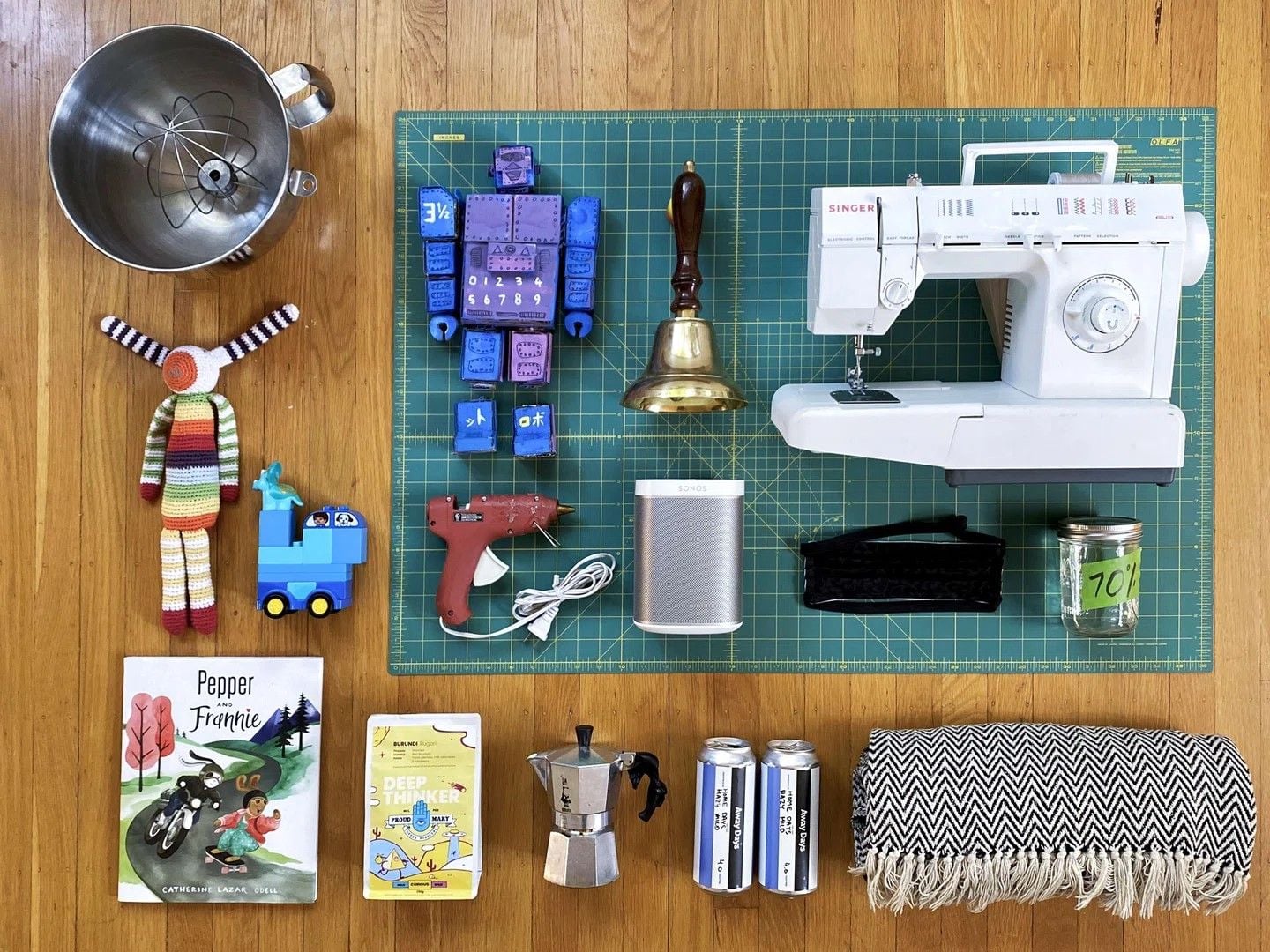
“When the reality surrounding COVID-19 hit, I couldn’t help but notice a shift in the objects we were using,” Zuccotti says. “As someone who believes in the power of objects to tell our stories, I was eager to document the items we were using not just to create a time capsule for future generations, but also to find out what these items could tell us about ourselves and our present circumstances.”
Now, after a year of collecting more than 1,000 photos from over 50 countries, the London-based anthropologist has compiled and published the submissions, calling the group the “Future Archaeology of a Global Lockdown.”

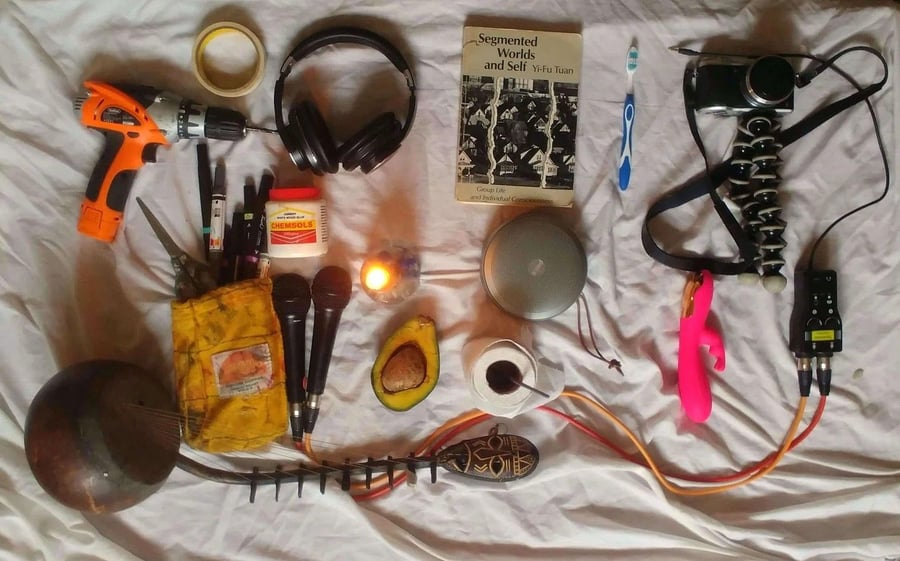


Known for her work In Every Thing We Touch, a book that featured everything individuals in five different continents touched in a single day, Zuccotti uses objects to study current and past cultures. With her latest endeavor, she believes future archeologists will be able to better understand our daily pandemic lives through all the treasured things people highlighted.
“In my work, I find the questions I get asked about the future hide a truth: we don’t understand the present,” Zuccotti explains. “This archive connects us with our present through the lenses of people with different experiences from all over the world.”
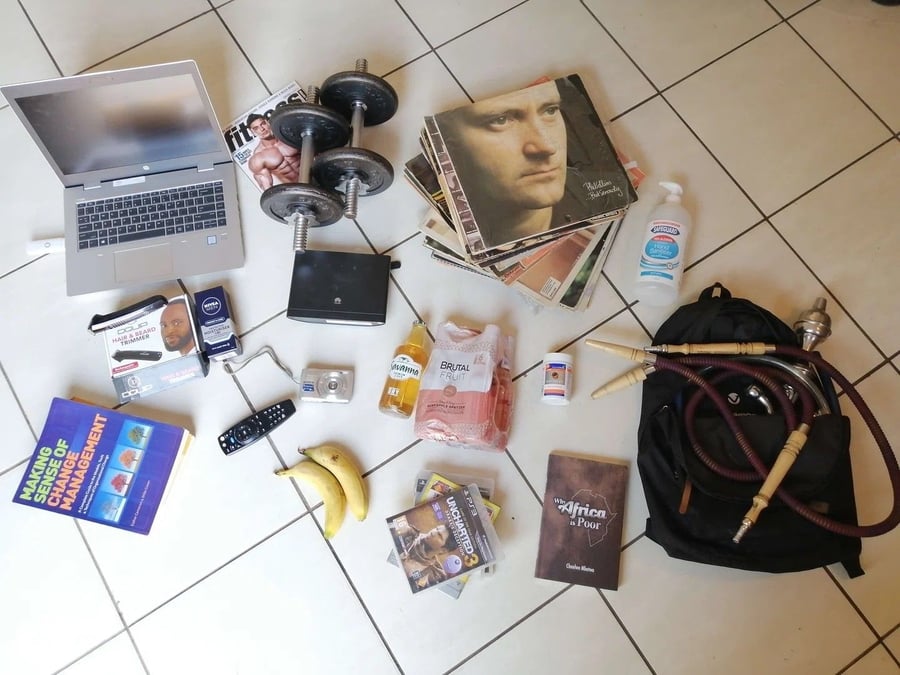


She found many similarities and themes among the pieces. For example, laptops, tablets, and headphones were ubiquitous, as digital communication became one of the only ways for people to connect with other.
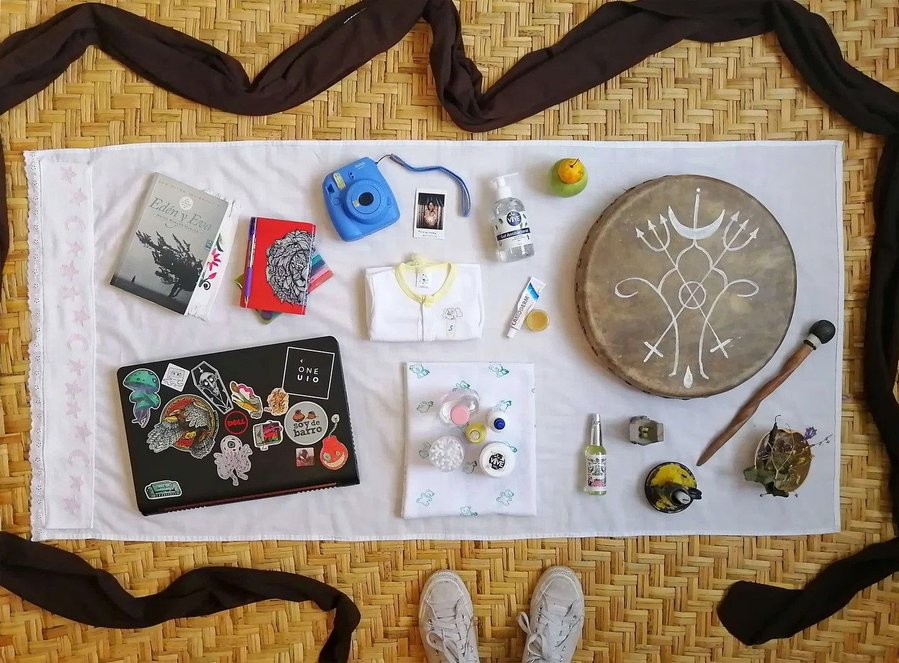
Personal care items like bath salts and facial cleansers also showed up frequently, as did books, music, and streaming services. “Needing to relax and needing to escape or entertain yourself was universal to everyone,” the Argentinian native says.
However, there was still plenty of variety in the photographed objects.
“Although the coronavirus affected us all, that is not to say that our experiences were identical,” Zuccotti adds. “With images submitted from everywhere from Kenya to Saudi Arabia, and Malaysia to Ecuador, this project reveals our diverse experiences and points of view. In Argentina, mosquito repellent tells us how the country was fighting Dengue alongside COVID-19. Meanwhile, in the United Kingdom, the scarcity of eggs is highlighted. In the United States, a bell is a vehicle to show appreciation for essential workers at 7:00 PM. In a photo from Ecuador, a shamanic drum and Agua de Florida represent the indigenous deity Abuelo Fuego, and a nurse in Kenya includes an item representing a Matatu, the typical Nairobi taxi bus, which is the backbone of Kenyan public transport.”
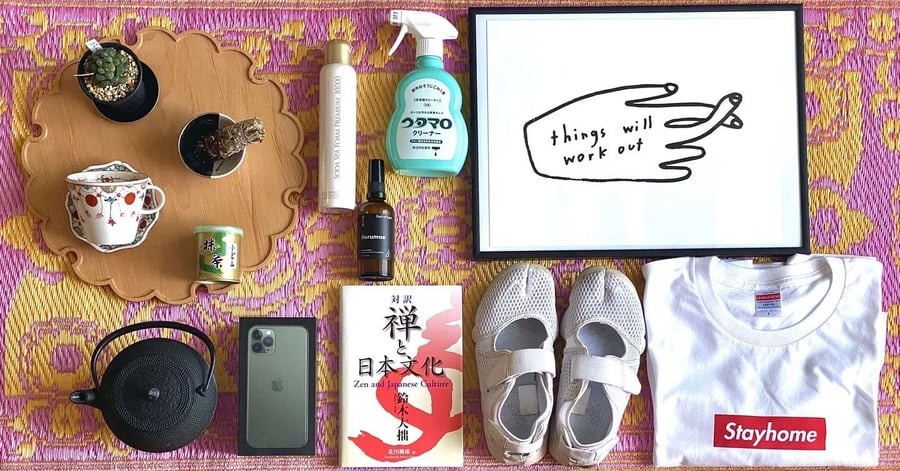

Predictably, certain articles were missing from all photos: high heels, makeup, and handbags. It seems that instead of using things to impress others, people were searching for elements that could help them cope. And they were surprisingly candid about their experiences, including items like sleeping pills, books on mental health, anti-depressants, and alcohol.
“People weren’t afraid to say ‘I can’t sleep,’ ‘I’m afraid,’ or ‘sometimes I feel lost,’ or ‘here is my pillow because I sleep all day,'” Zuccotti notes.
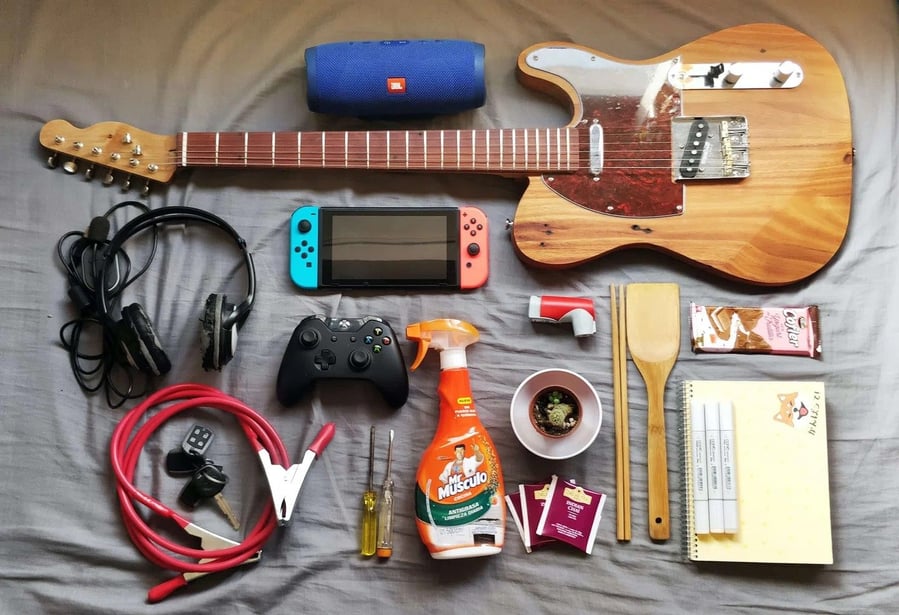
The entire collection of global pandemic objects can be viewed at https://lockdownessentials.org/.




